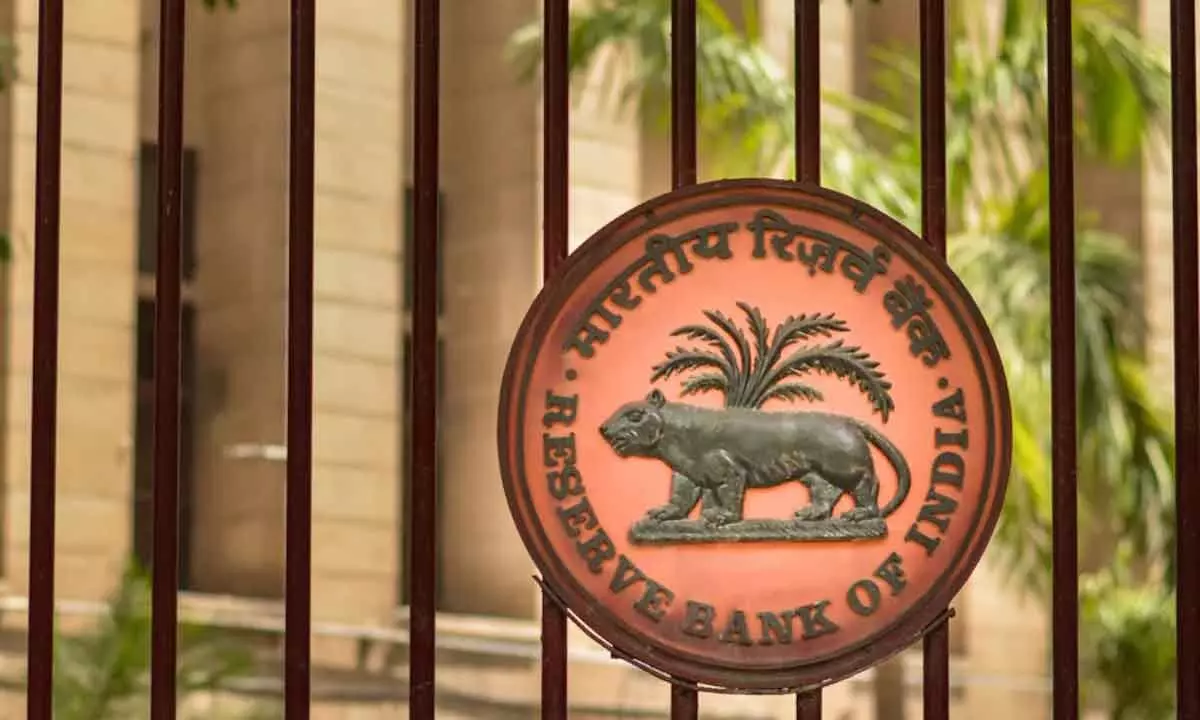Charting its own rate hike path will augur well for RBI
image for illustrative purpose

It was last Wednesday that Fed raised its policy rate by 25 basis points. However, in a changed tack, RBI is not likely to be guided by FOMC. This has a precedent as earlier too when the Fed raised policy rate by 25 basis points, the central bank did not oblige. FOMC had unanimously voted to raise rates by 25bps to 5-5.25 per cent range, marking the same peak of the 2004/06 cycle, but the pace of tightening is much quicker. The move, as per MOFSL, may not have any material impact in the short run as RBI has out rate hikes in a pause mode. The fear that ‘speed can kill’ has led to a dovish turn from a number of central banks in both DMs and EMs, amid growing concerns over transmission of policy tightening to growth. A similar rub-off is happening in RBI’s reaction function. The bar to increase rates will only rise from here on. This is despite the fact that almost all members insisted on keeping an ‘open-ended policy’ with no change in stance in the MPC minutes. There has been a shift, as per Emkay Global report, in the weightage of the RBI's reaction function in favour of external policy dynamics, which will be influenced by the extent of global disruption and disinflation ahead.
Besides, in the external sector, INR support emanating from material improvement in the CAD/GDP outlook gives a further breather to RBI. It appears the pause is for the overall good, especially as the ex-ante real rates at 1.4 per cent give comfort and flexibility on their supposed stance and actions. Past instances of India’s growth decoupling have been followed by recoupling with the world. Exports, which were growth levers post-Covid, may fade. The country still has the highest export exposure to G2 in EM Asia as a share of its exports. Services exports are particularly vulnerable to a DM slowdown. The RBI action, along with a normal monsoon and supply-side constraints getting addressed will help ease inflation. On the currency front, a strong relative growth, outside the US and divergent G-4 policies, can move high beta FX more concretely to bullish territory against the dollar. The extent of weaker DXY may not fully spill on to EM Asian FX including INR. While improving CAD will augur well for INR, pre-election year have historically not augured well for the currency.
While analysts foresee a static Fed in the coming months, they continue to see a case for tricky sacrifice ratios and financial cracks, implying a moderate recession to play out. For RBI, this will mean that there has been a shift in weightage of its reaction function in favour of external policy dynamics, which will be influenced by the extent of global disruption and disinflation ahead. The pivot theme, however, is more a next CY story, unless something dramatic breaks on a massive note.

